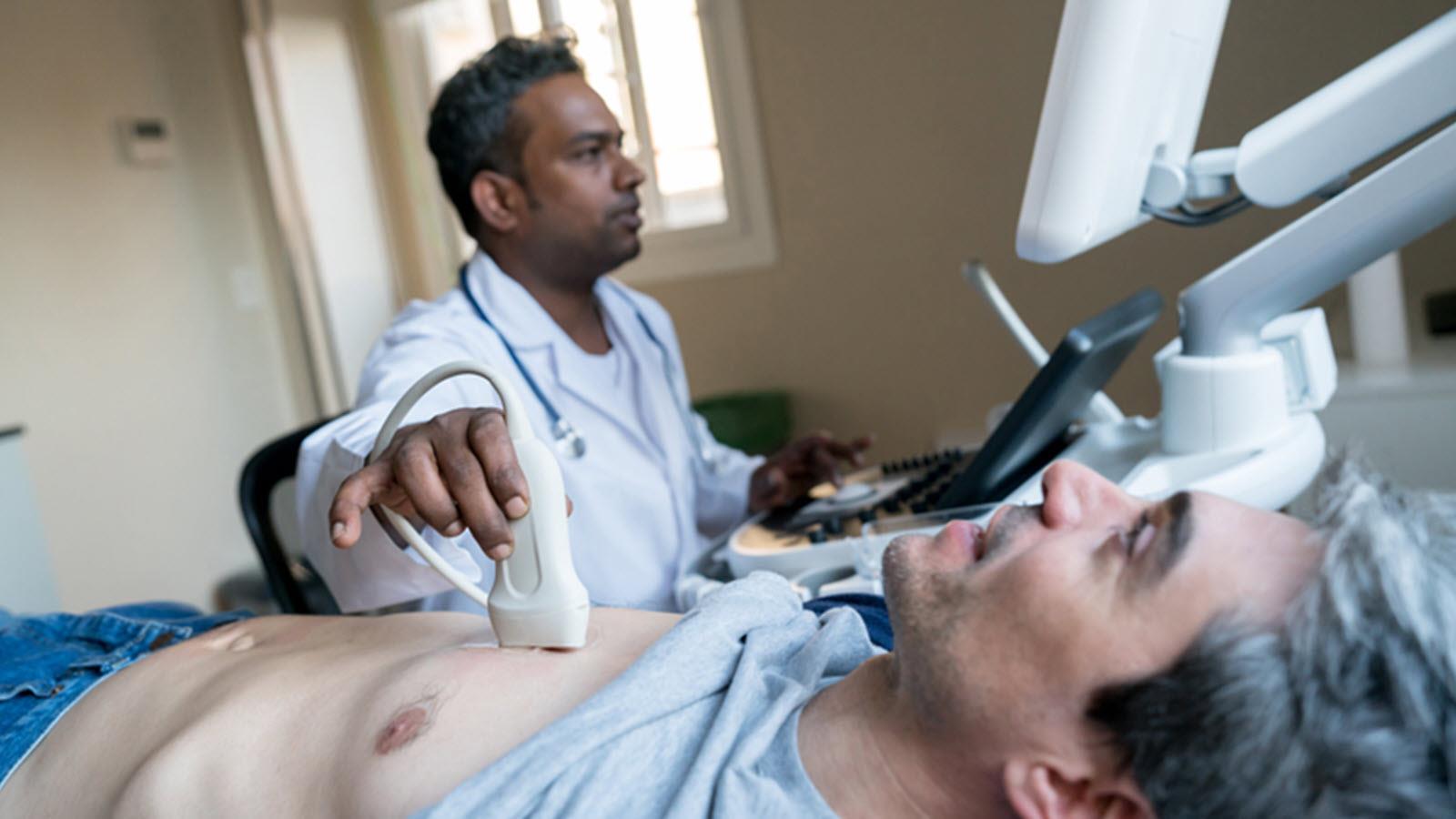In order to treat the typical heart disease patient, doctors and scientists mapped out a roadmap decades ago that led to success. Recognizing that many victims of heart disease were smokers with high rates of LDL cholesterol, the medical and pharmaceutical community in the U.S. set a course to combat cardiovascular problems by implementing anti-smoking campaigns and developing cholesterol-lowering medications. The efforts were rewarded with marked decline in the death rate from cardiovascular diseases in the second half of the 20th century, according to the Centers for Disease Control.
But as The Wall Street Journal recently reported, that progress has begun to plateau. The Journal reports cardiovascular disease (CVD) statistics show the death rate from CVD in the U.S. has fallen just 4 percent since 2011 after dropping by more than 70 percent over six decades. For those in middle age, the death rate is actually on the rise, according to data reviewed by the newspaper.
Doctors are pointing to the country’s obesity epidemic and a related rise in type 2 diabetes for the setbacks in treating CVDs. Dr. Steven Nissen, the Chief Academic Officer of the Cleveland Clinic’s Heart and Vascular Institute tells the Journal that CVD patients today are “completely different” from the typical patients he saw decades ago – noting that they’re more obese, less likely to be a smoker and include more women.
The CVD problem is by no means confined to the United States. The World Health Organization notes that CVDs remain the world’s number one killer. In 2015, the WHO says 37 percent of the 17 million premature deaths that year were caused by CVDs.
The startling numbers illustrate why CSL Behring has taken on the challenge of addressing CVDs by using biotechnology to explore innovative potential treatments.
“Despite decades of progress in treating cardiovascular diseases, they still remain among the top problems facing the medical community today,” said Larry Deckelbaum, Vice President, Research and Development, for CSL Behring’s Cardiovascular and Metabolic Therapeutic Area. “We see an opportunity to help those suffering with cardiovascular diseases through our strong history of developing lifesaving therapies.”
“It’s clear that the profile of the typical cardiovascular disease patient is evolving,” added Jeff McFadden, Vice President, Commercial, for CSL Behring’s Cardiovascular and Metabolic Therapeutic Area. “As the medical community explores new ways to approach these conditions, we plan to lead the way with novel treatments."



